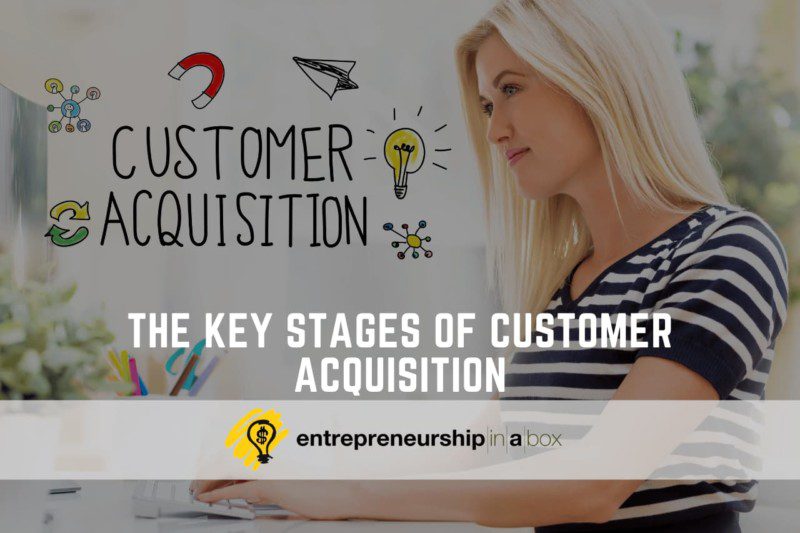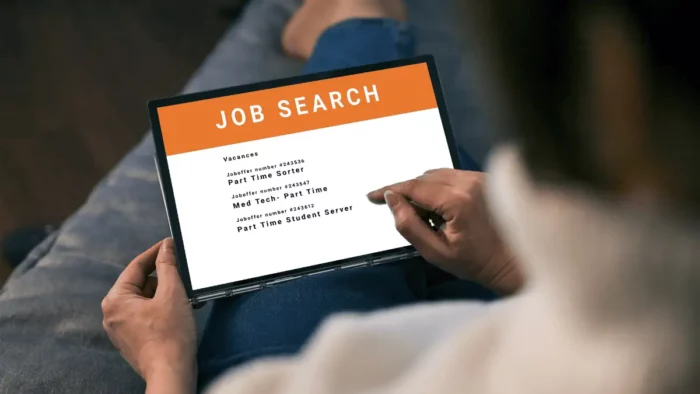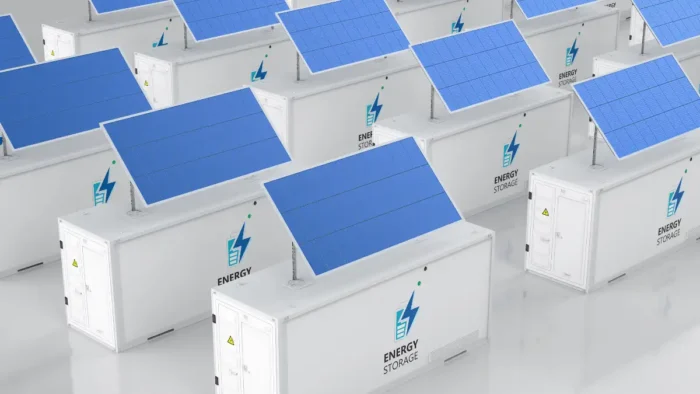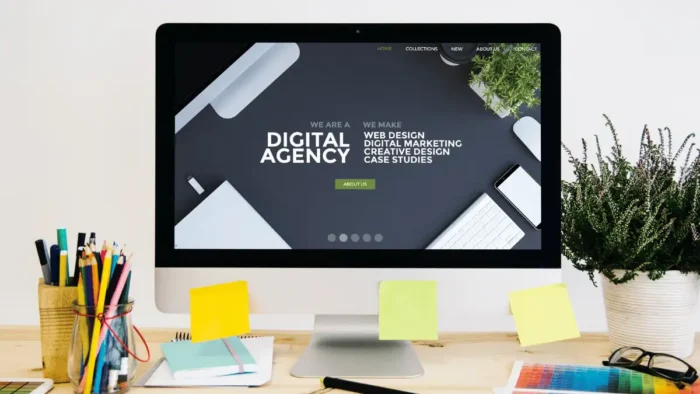As a business owner, you’ll know that shopping is a journey. From an initial interest in a product or service to reaching the point where a sale is made, reaching that final moment of conversion is a process. However, attracting potential customers and persuading them to make a purchase requires a customer acquisition strategy.
For those who are selling their wares online, the acquisition strategy is usually overseen by digital marketing experts. They understand how to attract customers to a site and how to keep them interested enough to head to the checkout. This is known as the marketing funnel.
So, do you have an acquisition strategy in place? And what are the key stages of the process to be aware of? Read on to find out.
Why is customer acquisition important?
There are some key reasons why customer acquisition is important. The main one is that it helps a business to make money, and this, in turn, covers costs, pays for stock, accounts for employee salaries, and enables the business to grow.
A successful customer acquisition strategy is also good for a company’s reputation and standing in a sector or industry. For instance, if customers are attracted to a company and they’re converting as a result of the acquisition strategy, potential investors will see the business is a success and might consider doing a deal, helping the company to grow.
What are PPC ads?
Customer acquisition is something that businesses of all sizes should consider, whether you’re running a start-up or you’re planning your next move at Amazon. In fact, Amazon’s customer acquisition strategy has been a resounding hit. The e-commerce monolith opted for marketing emails, and this paid off. However, there are some changes to how things are being done with customer data, and this may skew things for Amazon customers going forward.
But, while there are different ways to approach acquisition, the one approach that’s easy to track and see results from is pay-per-click (PPC). How often have you clicked on the top result after searching for something in Google? The chances are you’ve selected a search advert – a PPC ad that appears at the top and bottom of search engine results pages (SERPs) – and that’s part of the digital marketer’s plan.
Search ads – as with all PPC ads – are part of an online advertising strategy that sees where the advertiser pays each time their ad is clicked. The aim is that when a search ad is clicked, the potential customer will become an actual customer, seeing the brown winter boots or warm parka jacket they were looking for and heading straight to the checkout stage.
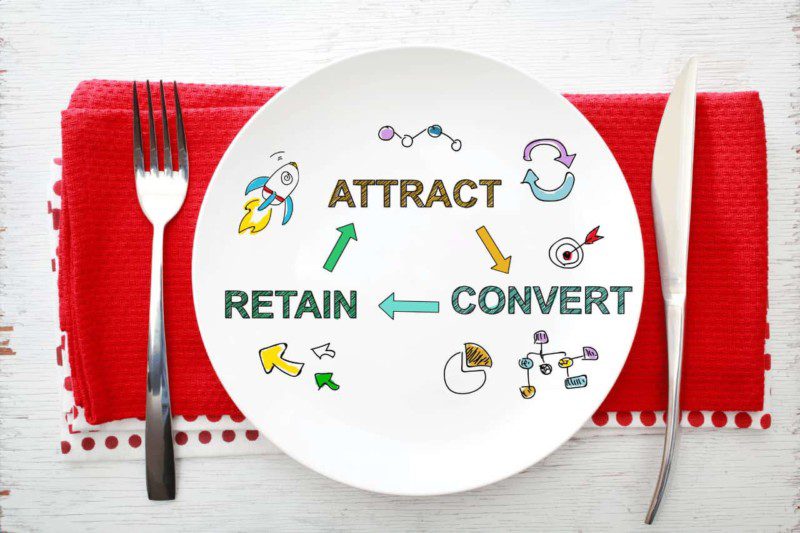
As well as search ads, PPC also includes display ads. These tend to include an image and are banner, image or text-based adverts that pop up on partner websites.
Back in 2018, Spotify expanded its advertising opportunities, including using display ads for both its advertisers and the brand itself. Today, we still see examples of how the streaming service uses display to attract customers, most recently explaining the benefits of swapping to its Premium service by ditching the adverts.
Social ads are also popular for those opting to use PPC. These adverts appear in social media feeds. They’ve been on Facebook and Instagram for a while, but things have ramped up for Twitter users recently.
The stages of customer acquisition using PPC
If you want to use PPC as part of your customer acquisition process, it’s worth investing in the expert insights of digital marketers. Their role is to know what’s happening in the world of advertising and take steps that suit each brand. This is because one approach might not fit all.
They will focus on the funnel, which starts with brand awareness, which is the top of the funnel, before moving to the discovery stage, which is where customers know what they’re searching for. The consideration stage is usually when the customer has placed what they’re thinking of buying in their online shopping cart, and action is the stage when they make the purchase.
To use PPC effectively, your digital marketing agency might use display ads to attract customers at the top of the funnel before using paid search ads for the middle of the funnel when the customer is closer to deciding on what they’re looking for.
They then might decide to use a social media campaign targeting those who are almost ready to buy, with products the customer has searched for popping up in their social media feed, ready to be bought with a few clicks.
This is just one strategy. The process can be moved around and adjusted to suit your business, product, and campaign. This makes it a flexible digital advertising solution.
Some key points to consider
As well as having this PPC funnel in place that’s reaching your target audience and converting to sales, it’s essential that your website is in order. Do you have web pages that reflect your products? How easy is it to checkout? Test your pages to improve them and boost useability. If you’re unsure of how your PPC-based acquisition strategy is working or you’re planning on updating your existing approach, it’s worth speaking to digital marketing experts who can talk you through what could work well.

